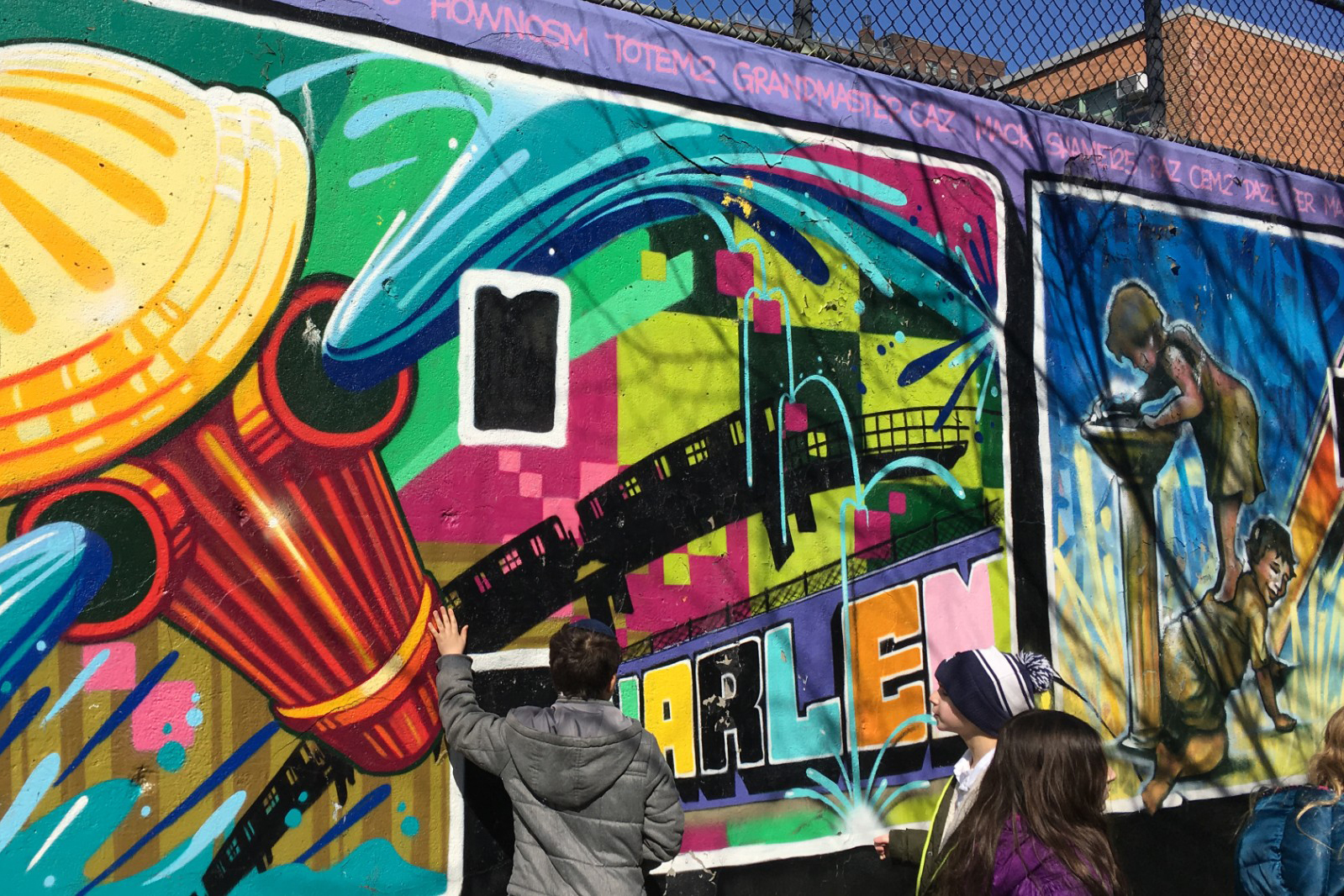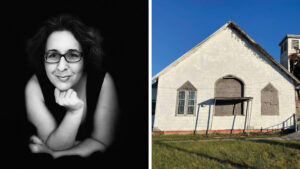By Eric Berger
When Martha Nadell and her partner decided to enroll their daughter, Georgie, at the Hannah Senesh Community Day School in Brooklyn, N.Y., they were excited about the school’s pedagogical approach and values.
But Nadell, who is white and Ashkenazi, and her non-Jewish partner, who is of Puerto Rican and African-American descent, were concerned about the student body’s racial and ethnic homogeneity.
“Do we have any Jews of color applying to this school?” Nadell asked an admissions officer. “What can we do to encourage families of kids of color to come to the school?”
That question helped push the school to rethink its approach to racial and ethnic identity, both within and outside the Jewish community. This year, Hannah Senesh has held staff trainings and parent workshops, and discussed ways to recruit a more diverse student body
“The goal is to broaden our narrative, and broaden our vision and understanding,” says Rabbi Ruth Abusch-Magder, education director for Be’chol Lashon, an organization that advocates Jewish ethnic, racial and cultural diversity. “One of the things that is often said about Jewish education — especially day school education — is that it is parochial and not diverse. I think that we suffer from our own narrowness and don’t take advantage of the strengths and riches that we have in our own community to really showcase them. We are not a narrow and non-inclusive people.”
The diversity training is part of a growing effort by Jewish day schools across the nation to educate students and community members about people from different ethnic backgrounds. While those schools remain overwhelmingly white and Ashkenazi, they are increasingly looking for ways to welcome Jews of color and other Jewish minority groups while sensitizing students to the wide cultural milieu outside the schools’ doors.
Educators are restructuring curricula to emphasize diversity, running professional development programs about equality and inclusion, organizing events for parents, trying to strengthen ties with communities of color outside the schools, and in some cases recruiting students from minority backgrounds.
According to the American Jewish Population Project at Brandeis University, approximately 11 percent of U.S. Jews are people of color. But the proportion of non-white students in day schools is significantly lower.
At its recent conference in Atlanta, Prizmah included a panel discussion about race and diversity in day schools. Prizmah is the network for Jewish day schools in the U.S.

“The incredible part was to be able to sit with other day school educators and talk about this very important topic” says Nicole Nash, Hannah Sensesh’s head of school. “It was also a moment of being at a conference with 1,100 day school educators and actually seeing how few Jews of color were in the room.”
Benjamin Mann, head of school at the Solomon Schechter School of Manhattan, began thinking more about race in Jewish education after being approached by a parent of a student of color.
“She asked me, ‘How are you seeing my daughter for her whole self? What is your curricular approach? What is your religious approach?’” he recalls. “That conversation was really stimulating and really urged us — especially me as a white Ashkenazi leader in a white Ashkenazi school — to work on something that otherwise might be invisible to me.”
The school broadened its fifth grade study of immigration to ensure that students learned about Sephardi and Mizrahi Jews whose narratives hadn’t been included in the curriculum. The third grade social studies curriculum was rewritten to include education about ethnic groups around New York, with class trips to Harlem, the famed Apollo Theater and Chinatown.
Jewish schools also are trying to open up channels to the minority communities around them. At Chicago Jewish Day School, faculty collect and deliver foods for Mothers Against Senseless Killings, which holds free barbecues in areas rife with gang violence.
“It’s not something we do with our students, but it’s something we do as adults,” says head of school Judy Finkelstein-Taff. “I think we as adults also sometimes role model for students in non-verbal ways, just about our own actions of caring about the community and being involved in ensuring the rights of all people.”
At his school, Mann says there have been some contentious conversations in which individuals in the school community have become upset while discussing bias or privilege or systemic racism.
“There are people who don’t believe those things exist,” Mann says. “It’s been challenging to try and be a space that can welcome voices across political spectrums and across perspectives.”
At Hannah Senesh, Nadell says she’d like to see more Jews of color in the school, but it’s hard to get them to apply.
“A Jewish day school is never going to reflect the demographics and diversity of, say, New York City as a whole,” she says. “But the kids that are out there, how can we reach them?”
Eric Berger writes for the JTA international news agency and wire service. This article was produced in partnership with the Avi Chai Foundation, which works to advance the Jewish day school and overnight summer camp fields in North America.





